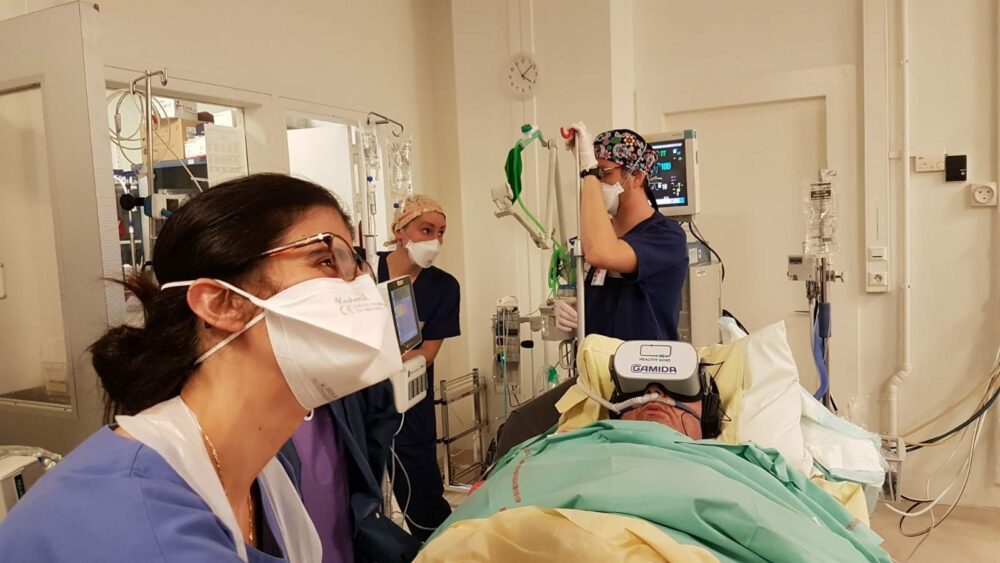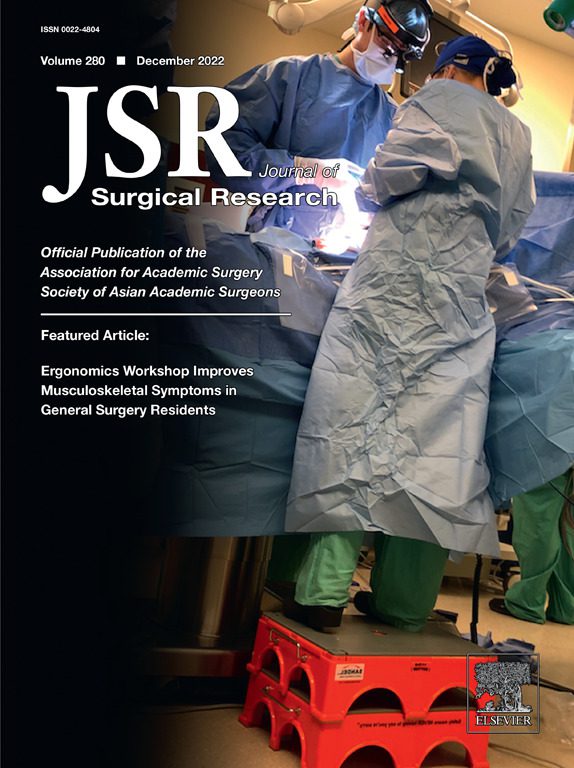All our use cases > Hepato-gastroenterology
Hepato-gastroenterology
Indications
- Colonoscopies
- Ligatures of esophageal varices
- Placement of biliary prosthesis
- Polypectomies
- Endoanal ultrasound
- Liver biopsy
- Treating fluid in the abdomen
- Extracorporeal lithotripsy

Clinical studies
Clinical studies

| -22% | -30% |
|---|---|
| MAXIMUM PAIN | TIME OF THE PROCEDURE |
Virtual Reality Assisted Anaesthesia (VRA) during upper gastrointestinal endoscopy, Surgical Research Updates, 2019.
Mosso Vazquez, et al.
Results: The study indicates that peak pain was significantly lower in the virtual reality group (VCR =4.536, VRS = 2.662; Mnon-VR = 5.814, VRSnon-VR = 2.921, F (1, 113) = 5.991, p = .016, d = .469). Although statistically insignificant, the mean time per procedure – in minutes – with VR was 30% faster than without VR (MVR =5.17, SDVR = 1.523; Mnon-VR = 5.97, SDnon-VR = 3.279, F(1, 111) = 2.333, p =.13, d =..29). Analysis of the physiological measures also identified that the respiratory rate during the procedure was significantly lower in the RV group than in the non-RV group. N=115
Testimonies
It is a very intrusive examination [short colonoscopy], performed with caution, which remains painful at times, and therefore, causes great apprehension. Being able to reduce this apprehension, captivate the patient's attention on a much more pleasant environment than the examination room during this procedure, is very important to reduce pain, to allow a better experience for the patient, but also to guarantee better technical examination conditions (and often reduce the duration) for the gastroenterologist physician, who, as a result, is less stressed.

Virtual reality has reassured me and reduced the pain of this examination, I was all the more reassured because I was accompanied by the caregiver. Thanks to this device, I walked in a zen garden, and the removal of the polyp could be done whereas, the day before, I had not been able to tolerate this examination and we had to stop it before the end...Very satisfied with this experience, I encourage the continued use of VR to help patients...

Virtual reality allowed me to escape from this stressful examination, to feel less pain, and it is at least as effective as when I am administered the anesthetic gas, nitrous oxide ... It is reassuring, I was in a forest, and very playful, I will do it again in these conditions.







